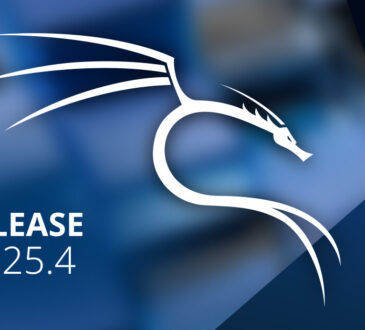
Overview of VMware vSphere 8.0 Update 3d
Compared to vSphere 7, the new version of vSphere 8 has special scalability improvements, however, most of the changes remain the same, as vSphere 7 already maximized the capabilities of the platforms. For example, we can see that the amount of vMem, vCPU per VM, or pCPU per host is the same. What has changed is the vGPU per VM has been doubled, and we also have a lifecycle manager that can now handle up to 1000 hosts. The maximum VMs per cluster has also been increased, now a maximum of 10k VMs per VM is allowed. Another improvement is the number of VMDirectPath I/O devices per host, which has been increased from 8 to 32. You can combine NIC and GPU devices and share a common PCIe switch or direct connection. Also new Device Virtualization Plugins (DVX) are introduced in vSphere 8.
In previous versions of vSphere, VMs that consumed physical hardware devices using a direct I/O path were limited in mobility. DVX introduces a new API and framework for vendors that support hardware virtual appliances that support vMotion, DRS, HA, or suspend and resume. It can also support disk and memory snapshots. The problem with TPM and virtual machine emulation is that it can pose a security risk. That’s why VMware has introduced a new feature where you can specify whether you want to copy or replace the TPM device.
What’s New in vSphere 8
VMware vSphere 8.0 Update 3d introduces several enhancements and new features aimed at improving performance, scalability, and manageability in virtualized environments. This update builds upon previous versions, offering advanced capabilities for managing workloads and infrastructure efficiently.
Key Features of vSphere 8.0 Update 3d
Improved integration between the vSphere Lifecycle Manager and Hardware Support Manager allows for parallel hardware and firmware upgrades.
Dual DPU Support:
vSphere 8.0 Update 3d supports dual Data Processing Units (DPUs) per host, allowing for increased offload capacity and high availability. This feature is compatible with NVIDIA and Pensando devices, enhancing performance for data-intensive applications.
CPU Enhancements:
PCIe Hot Plug: Updated support for newer generation AMD Genoa and Intel Sapphire Rapids CPUs, enabling kernel hot plug functionality.
Intel Xeon Max Series Support: Integration of processors with High Bandwidth Memory (HBM) enhances performance for high-performance computing (HPC) workloads.
C-State Power Virtualization: Administrators can control CPU power states for Virtualized Radio Access Network (vRAN) workloads directly from the vSphere Client.
Improved Virtual Machine Management:
Introduction of a new Virtual Machine Compute Policy that facilitates best-effort evacuation during host maintenance mode, ensuring minimal disruption to services.
Enhanced Storage Capabilities:
A new VMFS API allows for faster inflation of thin-provisioned disks to eager-zeroed thick format while in use, improving performance during disk operations.
Support for NVMe-backed disks in Windows Server Failover Clustering (WSFC) enhances storage options for clustered environments.
Memory Tiering (Tech Preview):
This feature allows the use of NVMe devices as tiered memory, optimizing storage performance by directing VM memory allocations to either NVMe or DRAM.
Zero-Copy Support for vGPUs:
Enhancements to vGPU support allow for zero-copy operations during vMotion and DRS tasks, improving throughput and reducing latency.
vCenter Reduced Downtime:
New capabilities enable patching and updating of vCenter with minimal downtime, including automatic switchover options between vCenter instances.
Granular Monitoring:
Enhanced monitoring capabilities for VASA provider accessibility and authentication status at the ESXi host level, improving management of storage resources.
Guest OS Customization:
Support for RHEL NetworkManager keyfile format in guest customization allows for more flexible network configuration options.
Lifecycle Management Enhancements:
VMware vSphere Hypervisor (ESXi ISO) image
File size: 605.74 MB
File type: iso
Name: VMware-VMvisor-Installer-8.0U2b-23305546.x86_64.iso
Release Date: 2024-02-29
Build Number: 23305546
Boot your server with this image in order to install or upgrade to ESXi (ESXi requires 64-bit capable servers). This ESXi image includes VMware Tools.MD5SUM: bc300833a34521e99457116a27dd38ddSHA1SUM: 9b35bfd21f7c375fa43989b7a8f529cdc90ef8c8SHA256SUM: 42557a32b77bf6f66119c80d1055cc042544872672319097dcd98f5a06002527VMware vSphere 8.0U3c
Download Link
VMware-VMvisor-Installer-8.0d-24118393.x86_64.iso
vSphere Enterprise Plus:
HG00K-03H8K-48929-8K1NP-3LUJ4
4F40H-4ML1K-M89U0-0C2N4-1AKL4
vCenter Standard:
4F282-0MLD2-M8869-T89G0-CF240
0F41K-0MJ4H-M88U1-0C3N0-0A214
- Design





